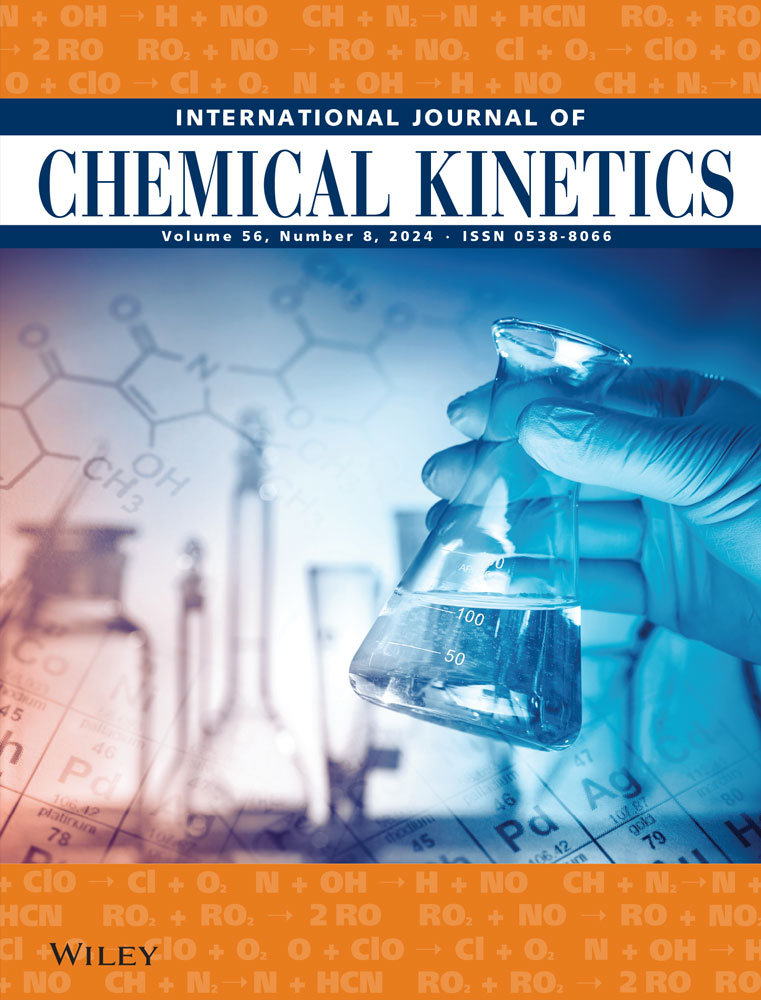Kinetics of CO2 hydrogenation to methanol over CuO/ZnO/ZrO2 catalyst: Comparison of the differential and integral methods of kinetic analysis
Abstract
The experimental data over CuO/ZnO/ZrO2 catalyst for a wide range of operating conditions were used to develop the kinetics of the reaction CO2 hydrogenation to methanol. Three kinetic models such as the power law model, the Graaf kinetic model, and the Park kinetic model were tested against the experimental data. Both the mechanistic models have been developed based on the Langmuir-Hinshelwood-Hougen-Watson approach and are specific only to the methanol synthesis from CO/CO2 hydrogenation. In an attempt to reduce the number of parameters in the two models, the abridged forms of these models were also tried. Overall, 25 kinetic rate equations were tested and the best-fit kinetic rate expression with optimized parameters was worked out. Both the integral and differential methods of kinetic analysis were employed and their efficacy in finding the best-fit expression was compared. The MATLAB built-in function fminsearch was employed to perform the regression of the data. The Graaf model in its parent form, but with the new optimized values of the parameters, was found to be the best-fit rate model. The Graaf kinetics, with re-estimated parameters, could be helpful in designing and simulating a methanol synthesis reactor operating on CO2 and H2 feed and utilizing a CuO/ZnO/ZrO2 catalyst.
Open Research
DATA AVAILABILITY STATEMENT
Research data are not shared.




